材料
- 寒天パウダー 2g
- 桃のシロップ 200ml
- ワイン(赤、白またはロゼ)大さじ1
作り方
- なべに寒天パウダーとシロップ、ワインを入れる。
- スプーンなどでまぜ、弱火にかける。
- 沸騰したら、そのまま2分間沸騰させる。
- 容器にうつす。
- 固める。常温でも固まるが、冷蔵庫に入れるのもよし。
- 固まったら、食べやすい大きさにカットする。
- 寒天とヨーグルト、桃のコンポートをグラスに盛る。
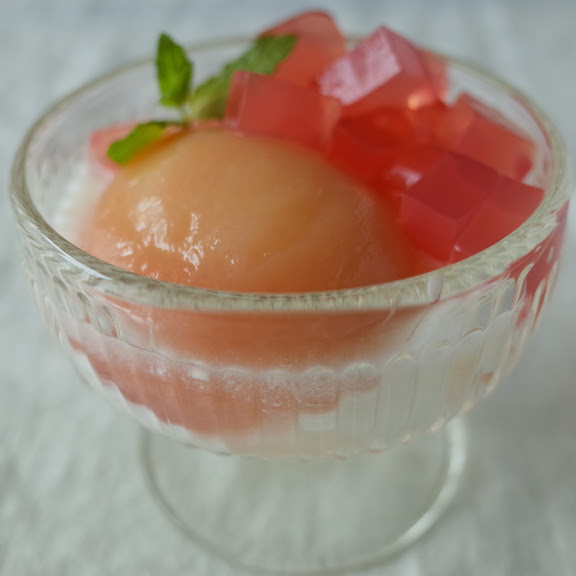
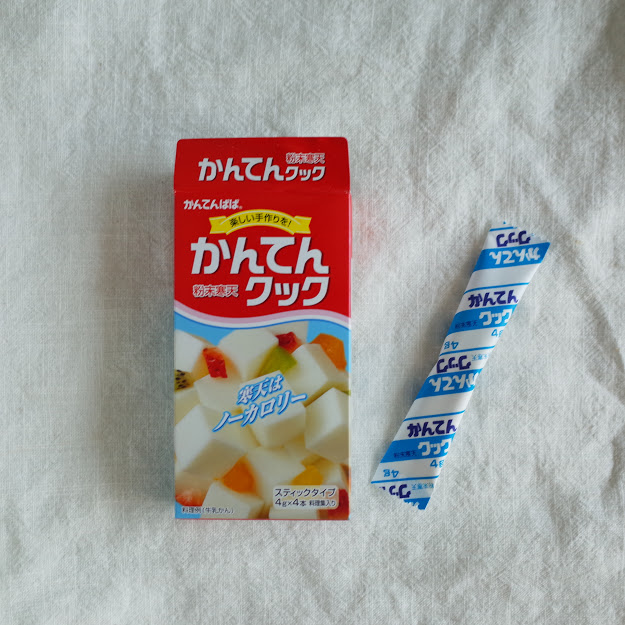
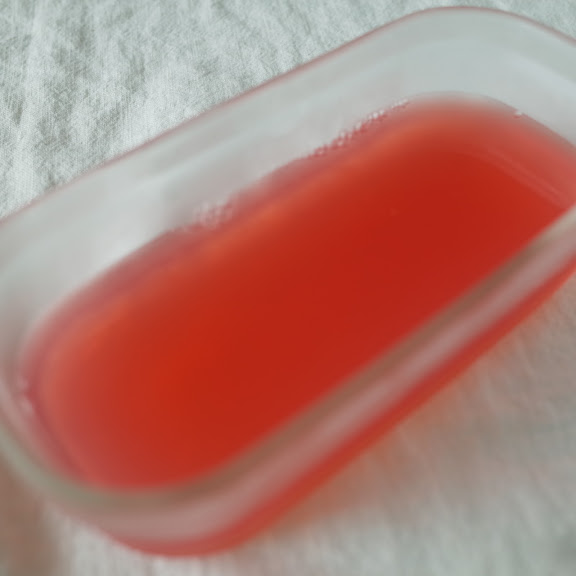
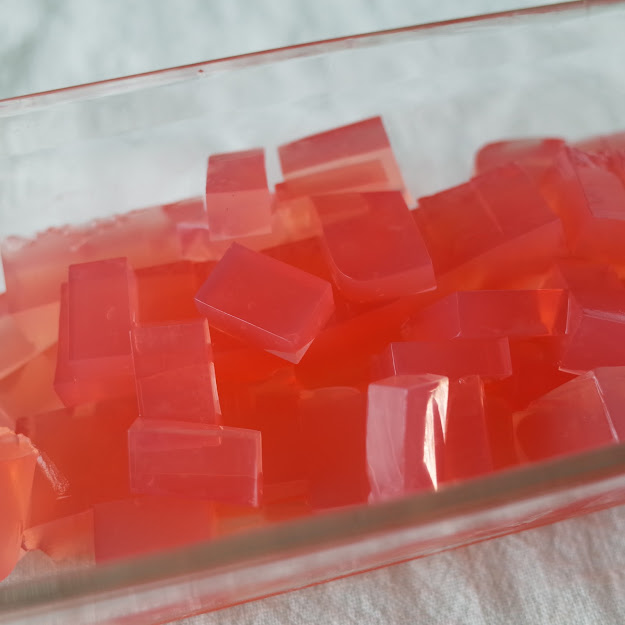

寒天は、海藻の天草やオゴノリでできています。アガーやゼラチンとは違い、固めに仕上がりますが、滑らかな歯ざわりでつるんとしています。寒天は透明度が低く、日本の日本料理に多く使われ、羊羹やあんみつ、和食に登場します。寒天にはたくさんの食物繊維が含まれるため、日本人の健康食としてもポピュラーです。ダイエット食としても人気があります。
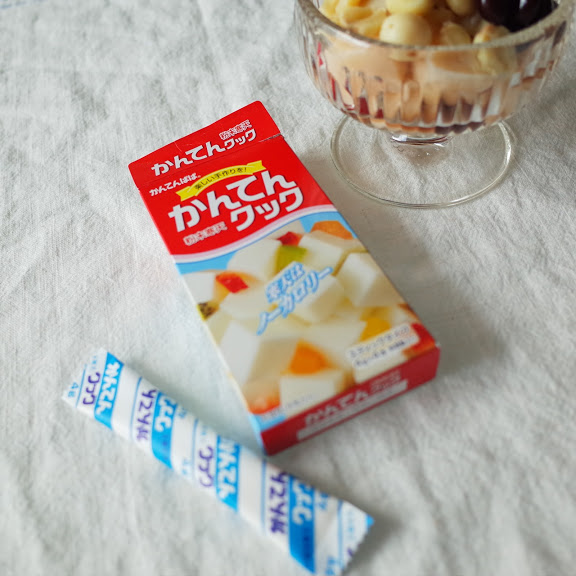
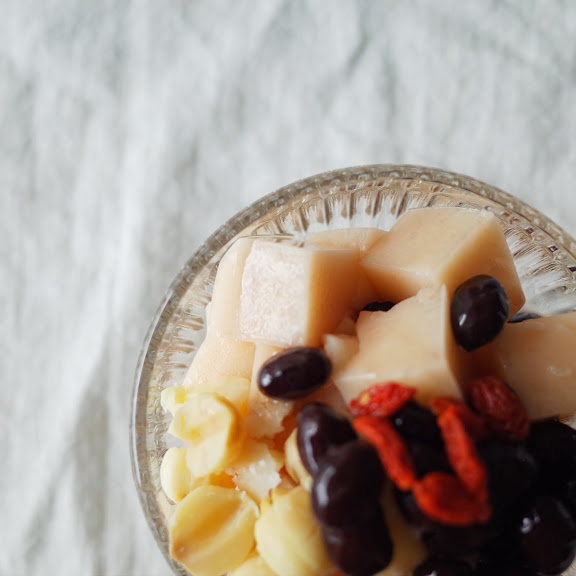



無味無臭なので、サラダといっしょに食べたり、フルーツを寒天液に入れたり、水の代わりに、フルーツジュース、フルーツシロップ、牛乳、豆乳や出汁を使っても。寒天レシピはアレンジが多くできます。
We use various woods in our bracelets that are a staple of traditional Japanese Juzu making:
Known in the west as red sandalwood or indian rosewood, it has a very fragrant and dense grain with a deep red hue. It has been used for centuries to make fine cabinetry, buddhist statues and jewelery in China and Japan. It’s hardness and inherent flavor makes it a favorite for use in Juzu as holding it against skin gives it a deep lustre without damaging it.
Also known as green sandalwood, it has similar properties to Shitan, also with a strong fragrance, but with a green hue.
The most well known in the west, ebony. With a very dark and almost black hue, it is also denser and heavier than the previous two woods. It is often used in soroban (abacus) and heftier juzu bracelets as it is more shock resistant.
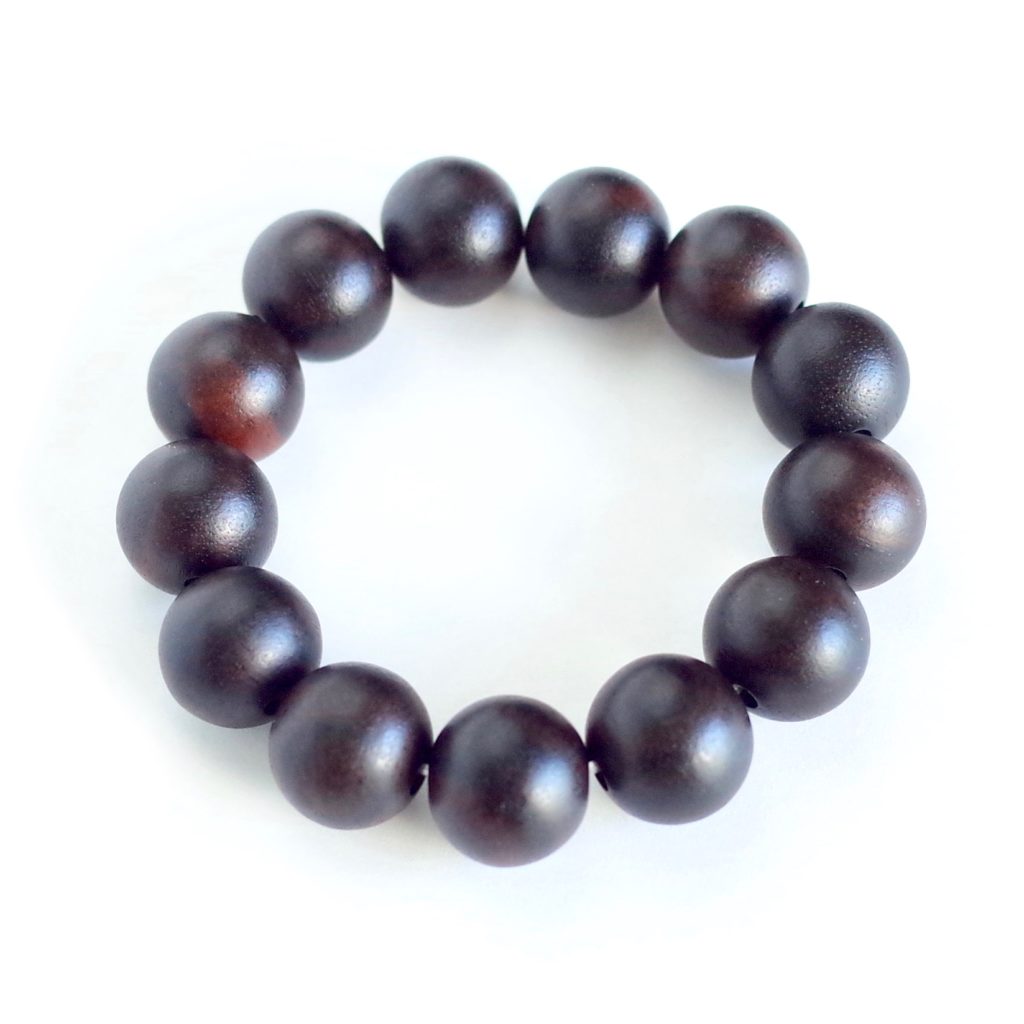
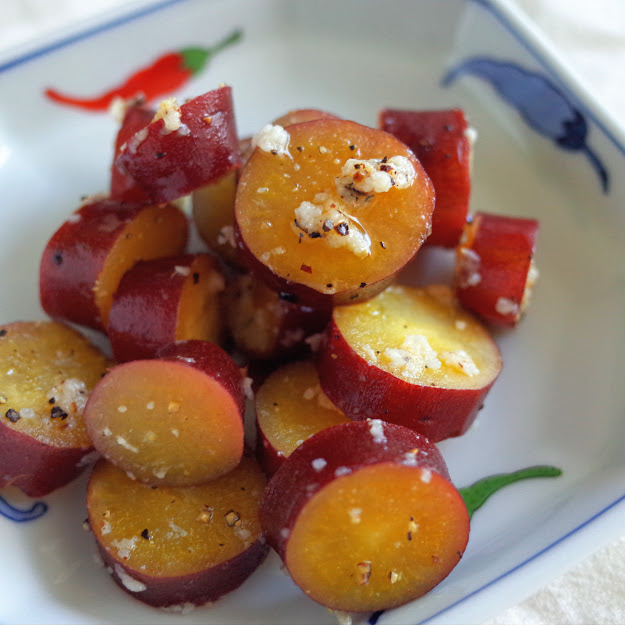
写真は、サツマイモを蒸してカットしただけの、塩こうじホットサラダです。冷やしても美味しい。
日本の調味料のひとつの塩こうじ、とても使いやすいので、我が家では塩の代わりに使うことが多いです。サラダのドレッシングや、パスタソース、スープやカレー、お肉の下味にも。塩こうじには酵素とうまみがたくさん詰まっています。どんなお料理にも合う、私たちにとってスーパーフードです。
お鍋に塩と水を入れて、沸騰させて、60℃に温度が下がるのを待つ。待っている間に、米こうじをボウルに入れて、固まっているようであれば、清潔な手でほぐす。
冷蔵庫に入れて、3か月保存できます。
We made the jam Kawachi-bankan. This is a Japanese grapefruit, it’s very big size, so I cannot hold it in one hand.
Taste is very good ? but quite different from the standard grapefruit, much more mellow. They are pesticide-free, so we can eat everything, even the skin ?
If you like the spicy taste, you can add ginger too. Add a spoonful in a glass of carbonated water to make your original ginger ale.

【☆】
【★】
【薬味】
おからを電子レンジで1分から2分ほど温めて水気をとばしておく

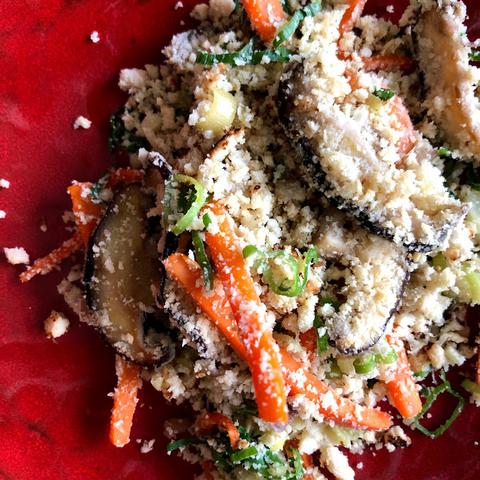
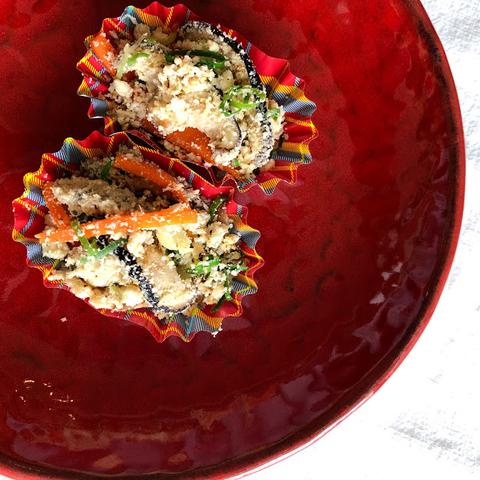
冷蔵庫で保存すれば、3,4日もちます。
冷凍庫で保存すれば、1か月ほど。小分けにしておいてお弁当に入れるのもよし。
We’ve been hard at work designing an extension to our line of precious stone bracelets and they are now live in the shop.
Inspired by traditional 数珠 (juzu) buddhist prayer beads or meditation bracelets but with a modern everyday look. We’ve added two new 3-loops bracelets which combine precious stones and precious woods for a nice contrast on your wrist and a slightly lighter wear:
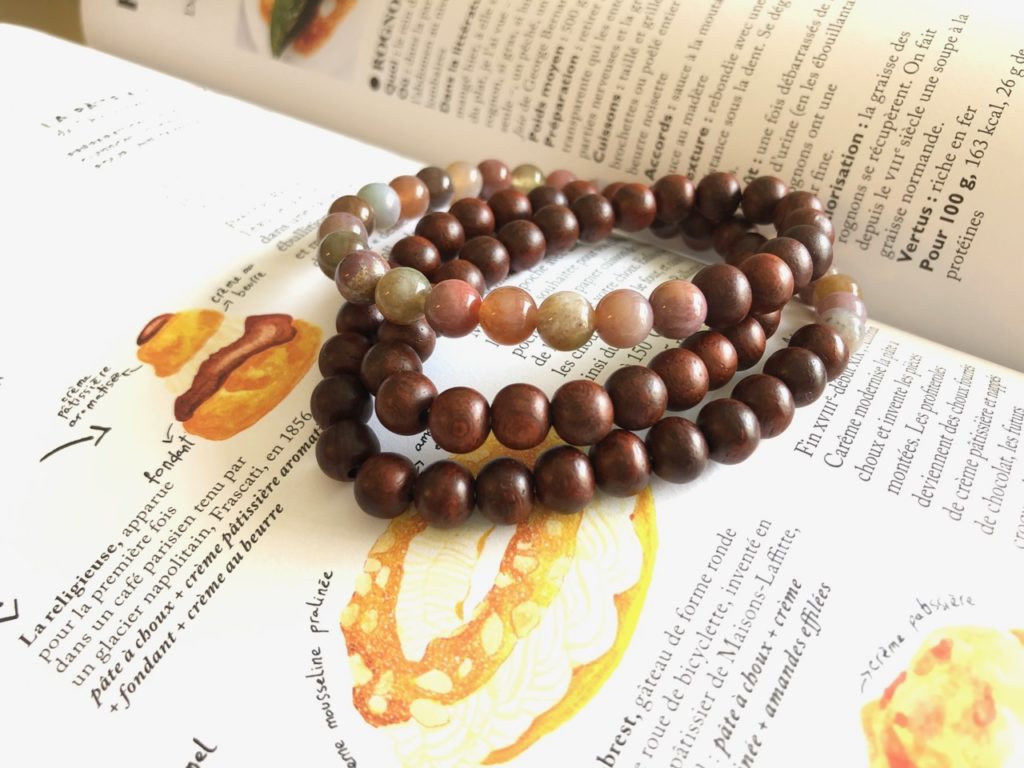
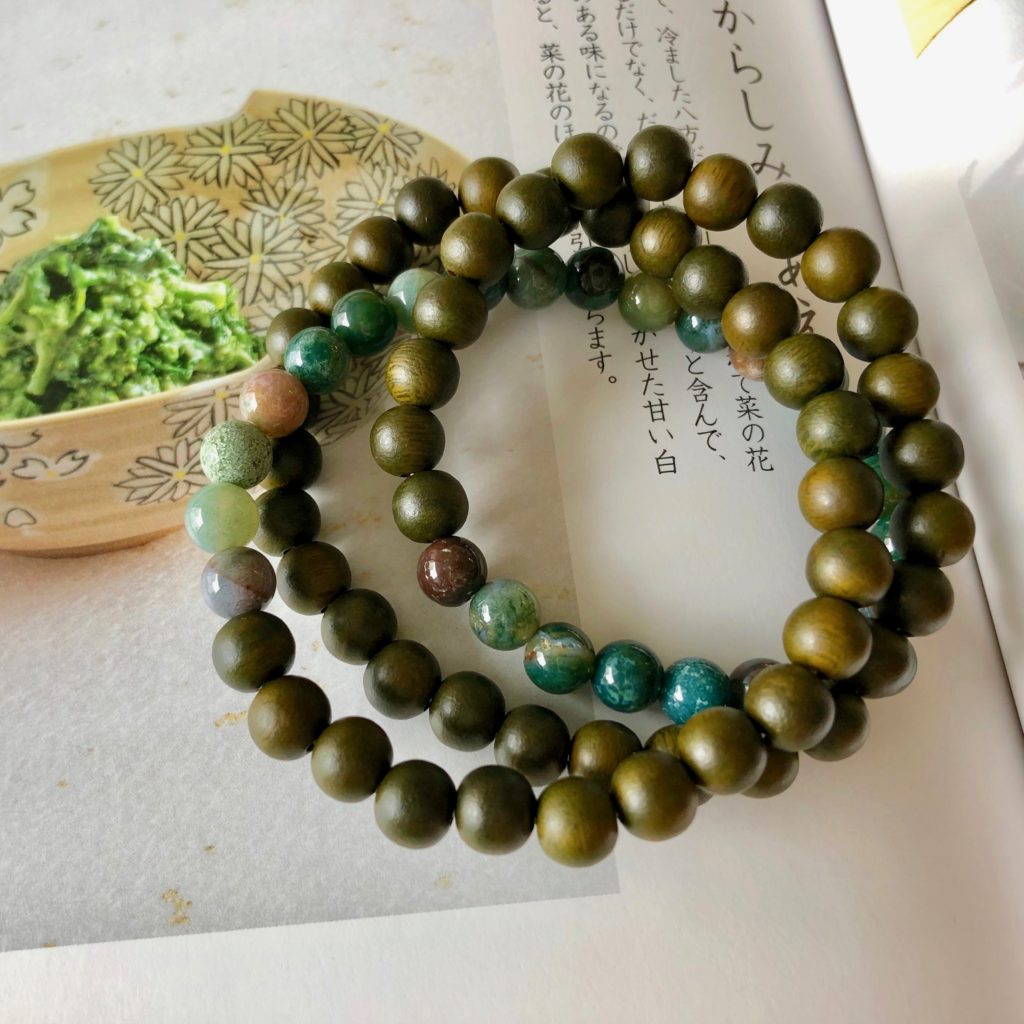
We also added single loop versions with all stones and a single larger bead of wood which are perfect for a lower key look.
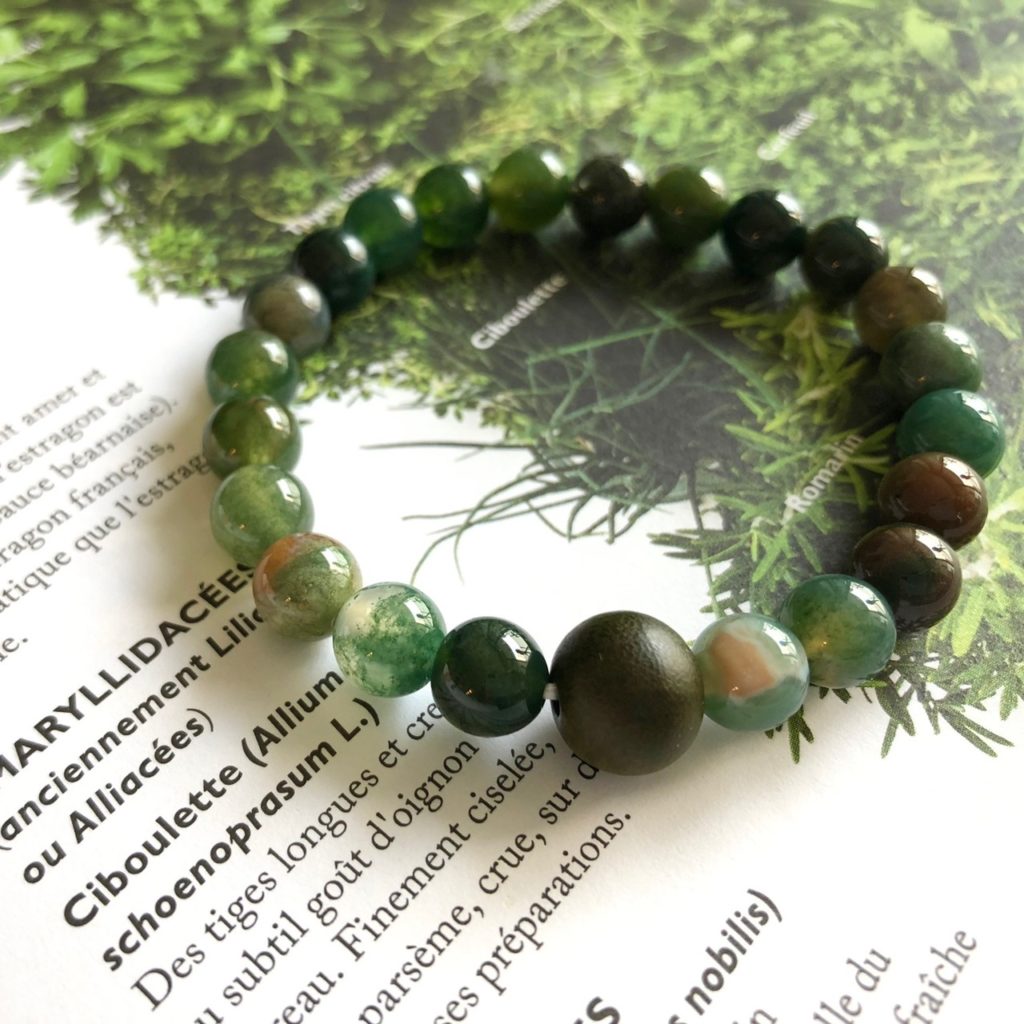
Of course, these are all handmade by our partner artisans in their workshop in Kyoto, Japan and are available in various sizes from XS to L.
A beautiful sunny Friday outing to see the ginkgo trees (イチョウ) in Aoyama Jingu Gaien park (神宮外苑)
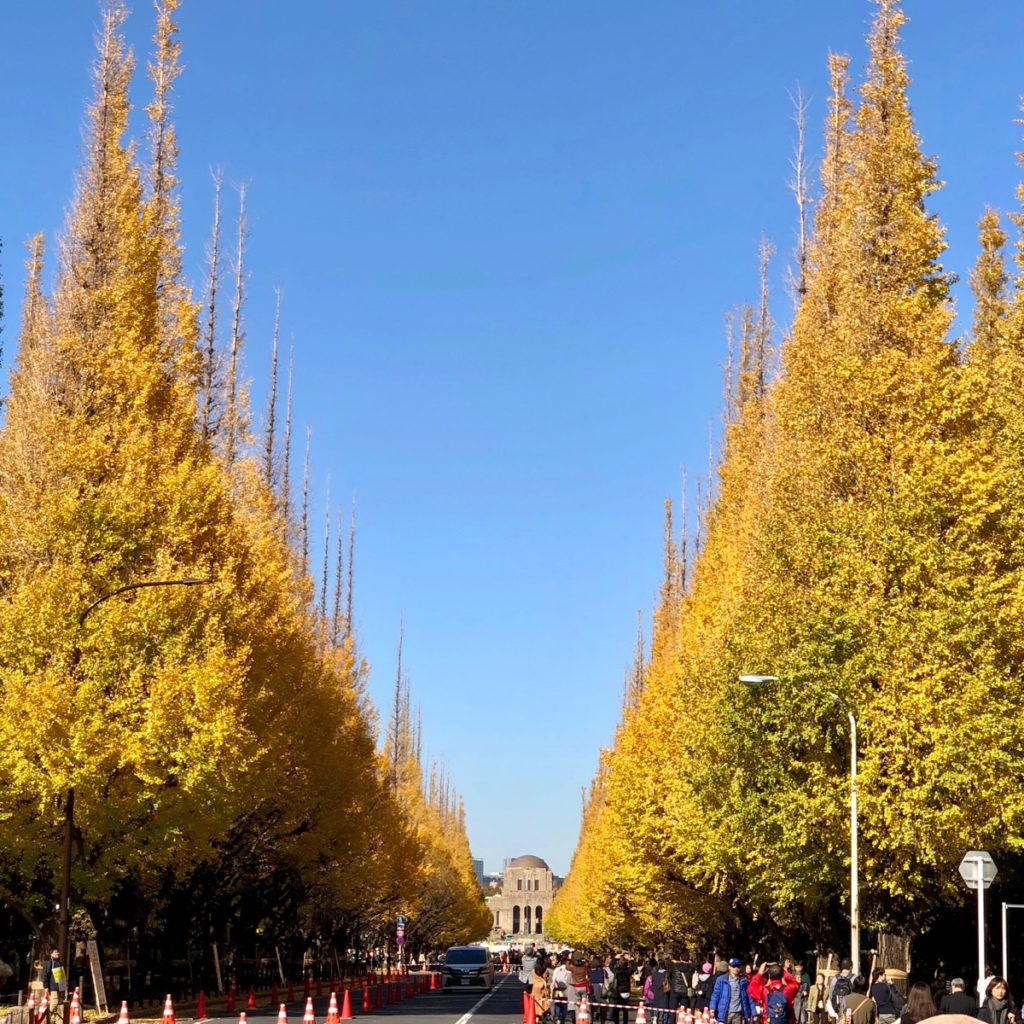
It’s a 300 meter long avenue planted with tall ginkgo trees on both side, leading to the imposing Meiji Memorial Picture Gallery building at the end.

During the second part of November, when the leaves turn a bright gold color, the avenue is closed to cars to let visitors walk freely. Many events, such as beer gardens, are also organized during that time.
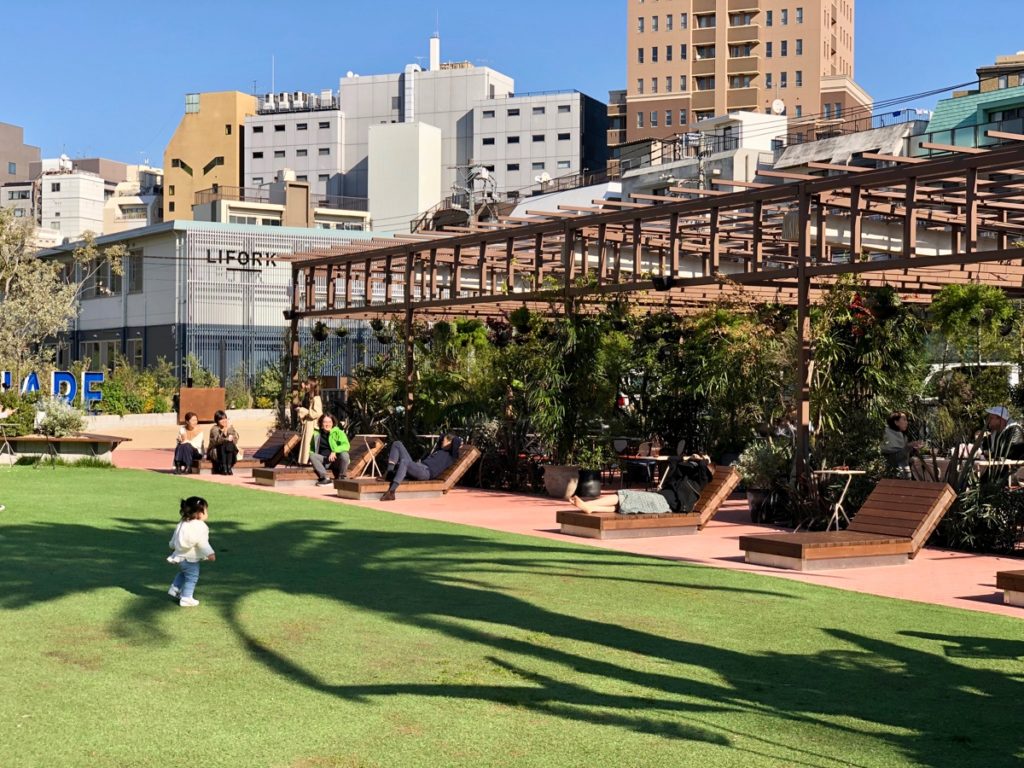
We decided to skip the beers and crowds and go to a new spot a few minutes walk south of there, closer to the Aoyama cemetery (青山霊園), called SHARE GREEN AOYAMA.
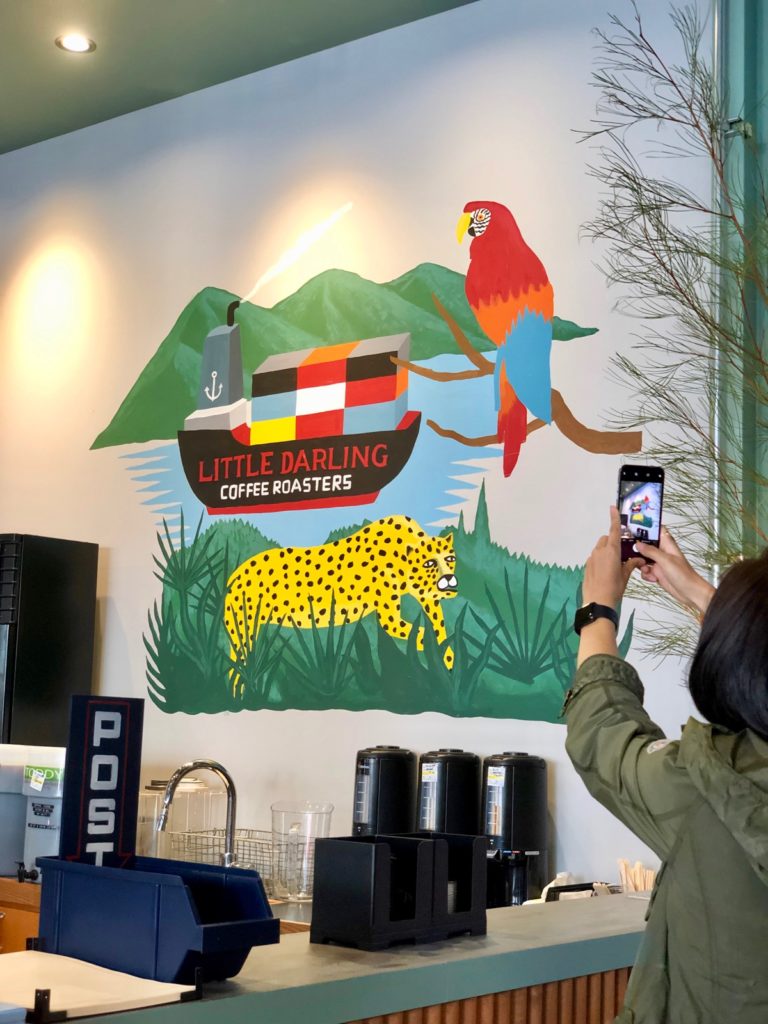

A wide green grass area surrounded by a good coffee roastery, a flower and plants shop and plenty of tables and chairs for lounging in the sun.
Back to our trip to Gifu prefecture last month, I’d like to present you a little excursion to the Gifu Castle (岐阜城) in Gifu city.
In the middle of the city there is a small mountain called mount Kinka (金華山) and the castle was first built in the 16th century at the very top.
At night it is illuminated and seems to float in the heavens above the city.

There is a ropeway to get to the top of the mountain although hiking seems to also be a popular activity. When we were there the trees had just started taking their autumn colors.
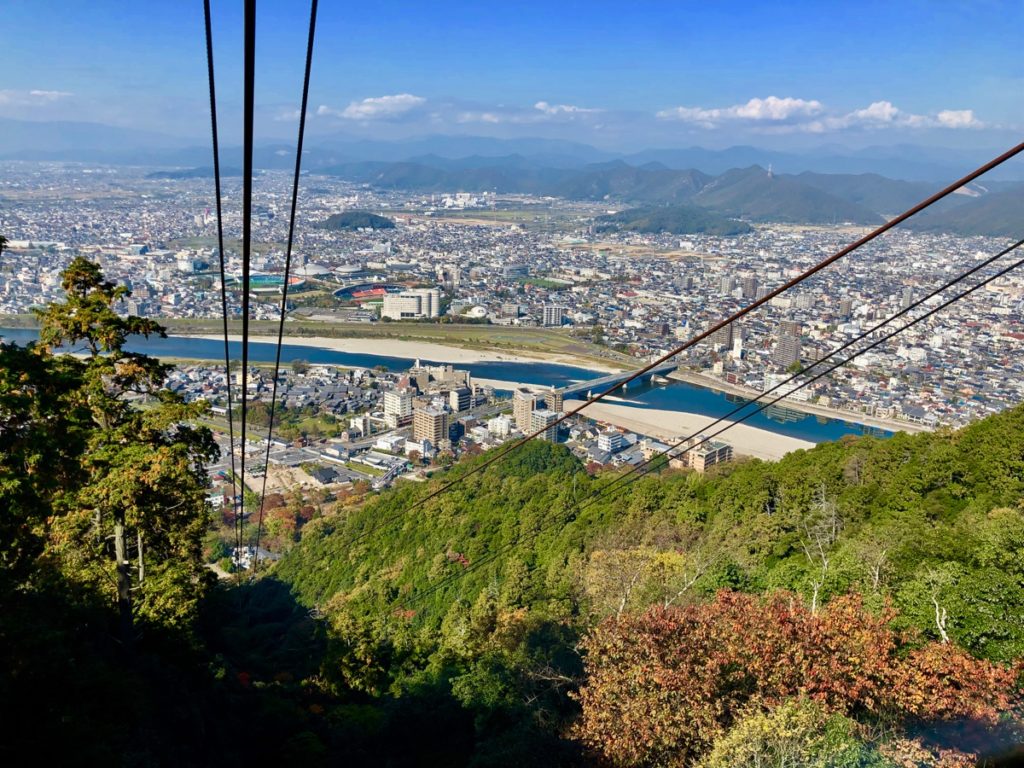
As you climb the last few meters from the ropeway station, you are presented with beautiful views of this white and gold castle. We were very surprised that it is actually much smaller than it looks from the city. What magic is that?
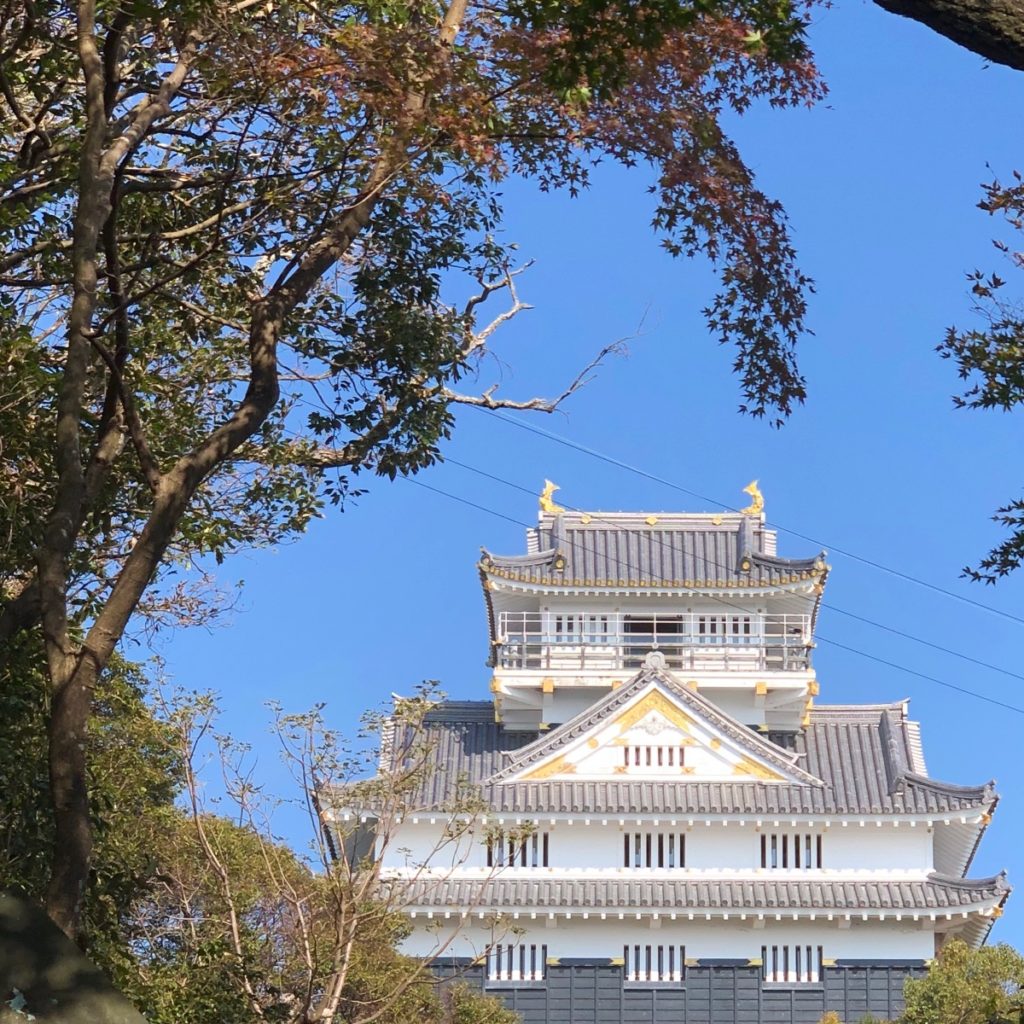

As an additional treat, right outside the ropeway station is Risu-mura (リス村 – squirrel village), a small attraction where you can pay 200 yen and spend as much time as you like feeding dozens of Japanese forest squirrels while taking as many photos, videos and selfies as you like!
That was a lot of fun!